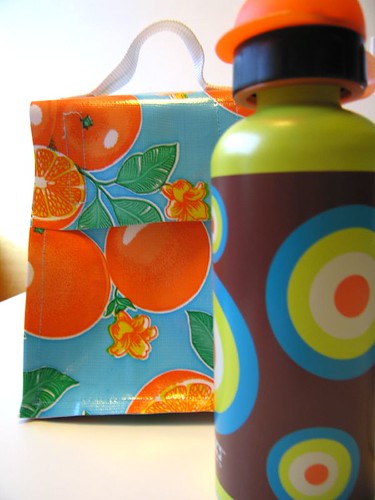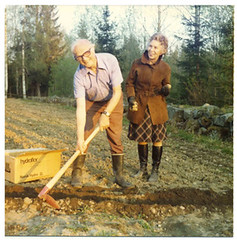(a). We inhale them.
(b). We swallow them in food and water.
(c). They're absorbed through the skin.
(d). All of the above.
Did you pick (d)? You're a smarty. Although the skin is the body's largest organ of absorption, people often forget about it, or think of the skin as a barrier to the ills of the world outside. Not so. The things that get onto our skin can be readily absorbed into our bodies. Since that's the case, all the cosmetics that people - especially women - use must be stringently tested by federal agencies like the Food & Drug Administration, right?
Um... no. Sorry, you got that part of the quiz wrong. In fact, the FDA doesn't have the authority to require cosmetics companies to test their ingredients for safety. As a result, there are all sorts of nasty pollutants in our cosmetics - more than 10,000 different chemicals, the vast majority of which have never been evaluated for safety (you can read more dirty details at the Environmental Working Group's Skin Deep website).
Some of the nasties that are common ingredients in cosmetics like makeup, lotions, shampoos and hair coloring include:
- Lead acetate - powerful developmental toxicant; used in hair coloring and facial cleansers.
- Formaldehyde - a known human carcinogen (causes cancer); used in nail treatments.
- BHA - a possible human carcinogen; BHA can disrupt normal development by acting like a hormone in the human body. Used in hundreds of products, from makeup to moisturizers.
- Tolulene - a reproductive toxicant used in nail polish.
- Coal tar - a known human carcinogen banned from cosmetics in the European Union; in the US it's used in shampoos, especially for dandruff treatment.
- Phthalates - Hormone mimickers that cause many types of health problems; dibutyl phthalates have been blamed for feminizing young boys. Phthalates are used in nail polish, skin care, lip gloss, facial cleanser, hair color and many other products.
- Progesterone - may cause cancer and reproductive toxicity; mimics hormones in the human body and disrupts development. Used in around-eye creams, hair loss treatments, and men's hormone creams.
Recently I saw Jane Houlihan of Environmental Working Group speak on a women's environmental health panel. Pressed to name the worst-offending cosmetics, these are the products she named: hair coloring, skin lighteners, and nail polish. These products in particular are not only bad for you, the consumer, but also quite dangerous for the salon workers who apply them (and inhale them) all day long.
Many companies have signed on to the Compact for Safer Cosmetics, a pledge to eliminate toxics from cosmetic products. You can use the website to look up the companies you buy from and decide whether they really deserve unfettered access to the inside of your body. You can also use simpler solutions and home-made remedies to cut your exposure to dangerous pollutants in cosmetics.
:::
One of my favorite home remedies is a simple facial scrub (I think I must have learned it from not martha). Just use the soap of your choice (a pure one, of course), get a good lather going, and sprinkle about a tablespoon of baking soda into the lather, then wash your face. The baking soda gives a good gentle exfoliation to your skin and leaves it feeling very smooth.
Here are a few more sources for making your own natural beauty products:
Atomic Teen: Natural Beauty
not martha: Home Spa-erific
a mind-bogglingly complete list at makeyourcosmetics.com
Home safety hint: When making your own cosmetics, be sure to use safe ingredients to which you are not allergic. Essential oils in particular may irritate your skin, even though they are "natural." It's always smart to test a dab of the stuff in an inconspicuous place to find out whether it will irritate you. I recently learned the hard way that I'm allergic to tea tree oil. Itchy!

















